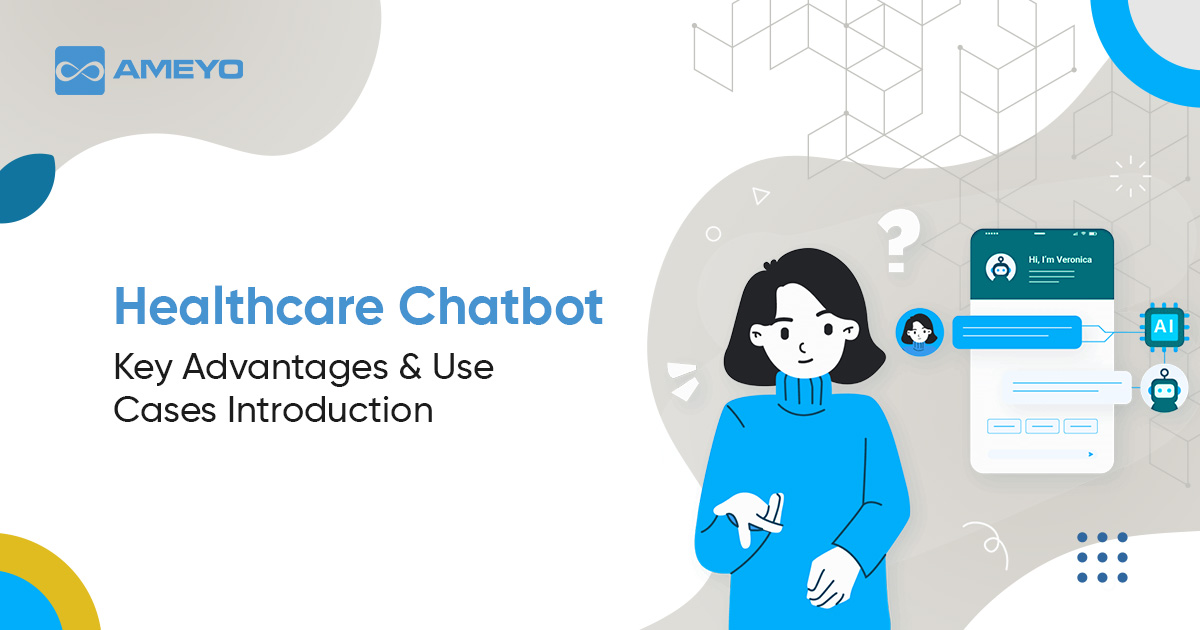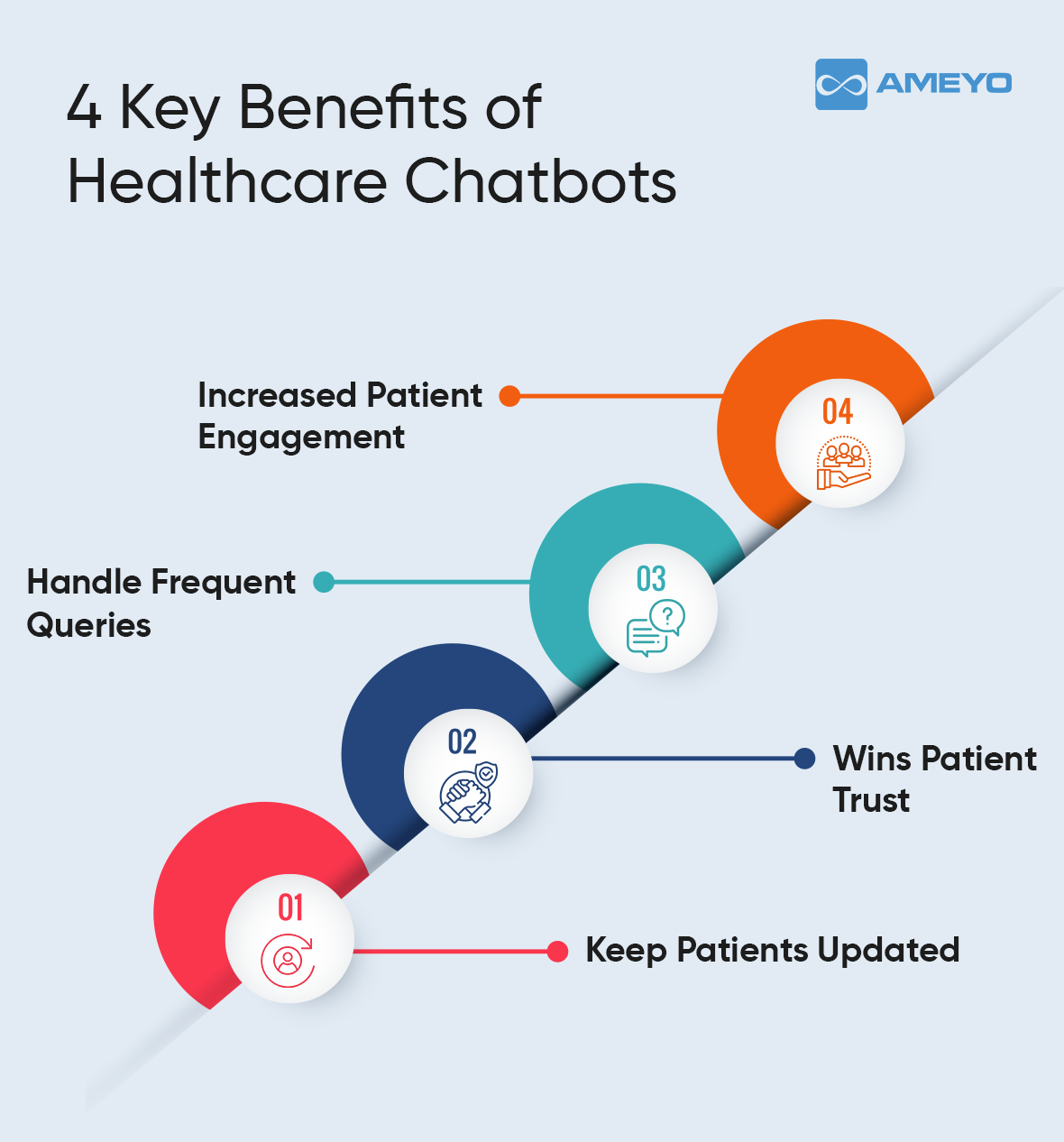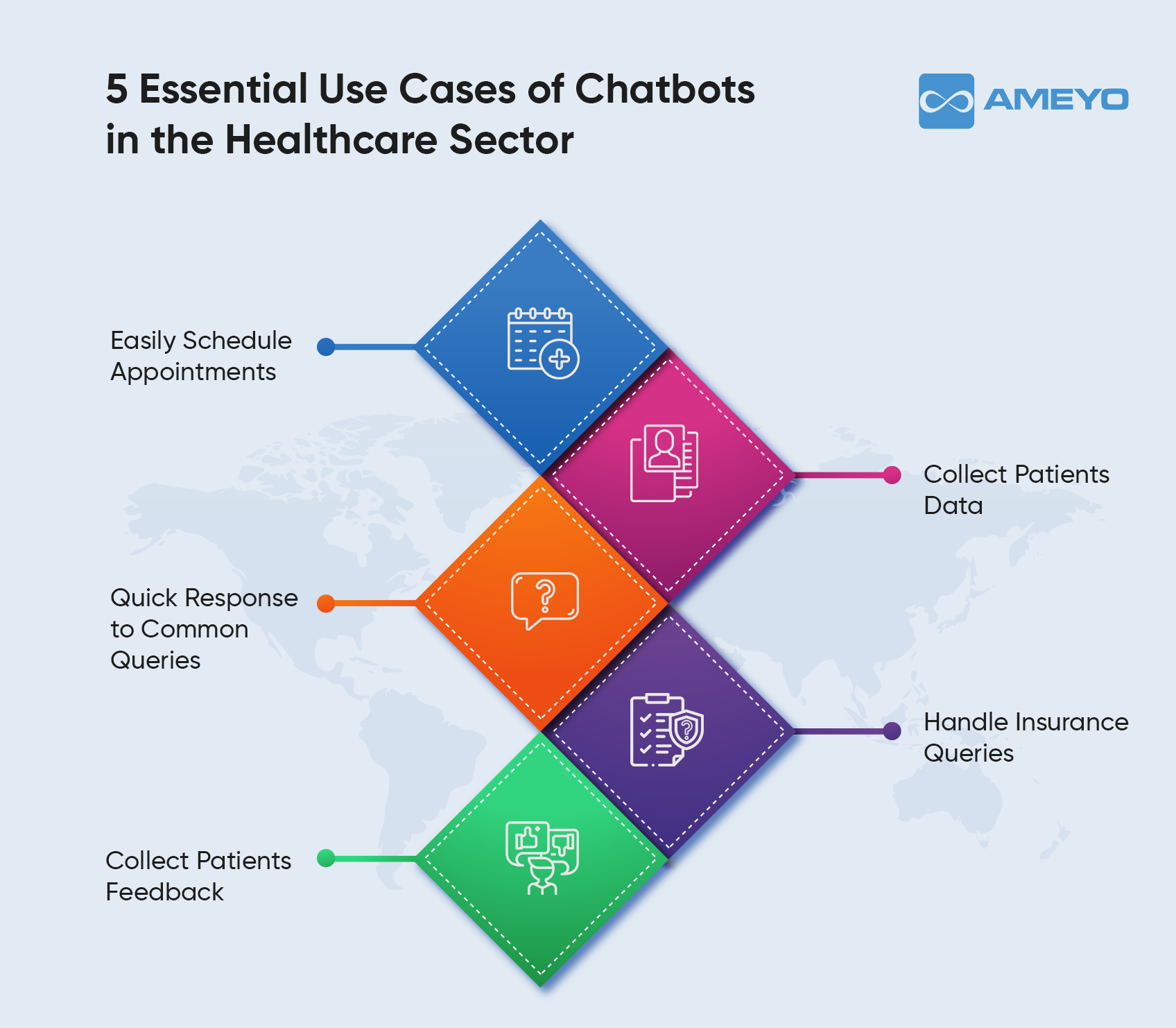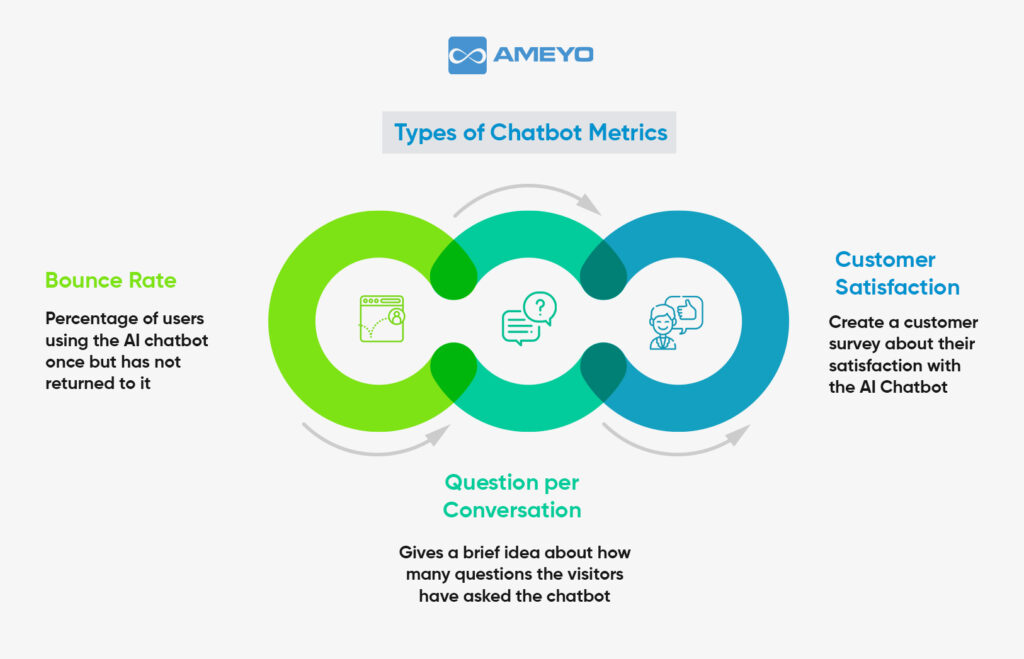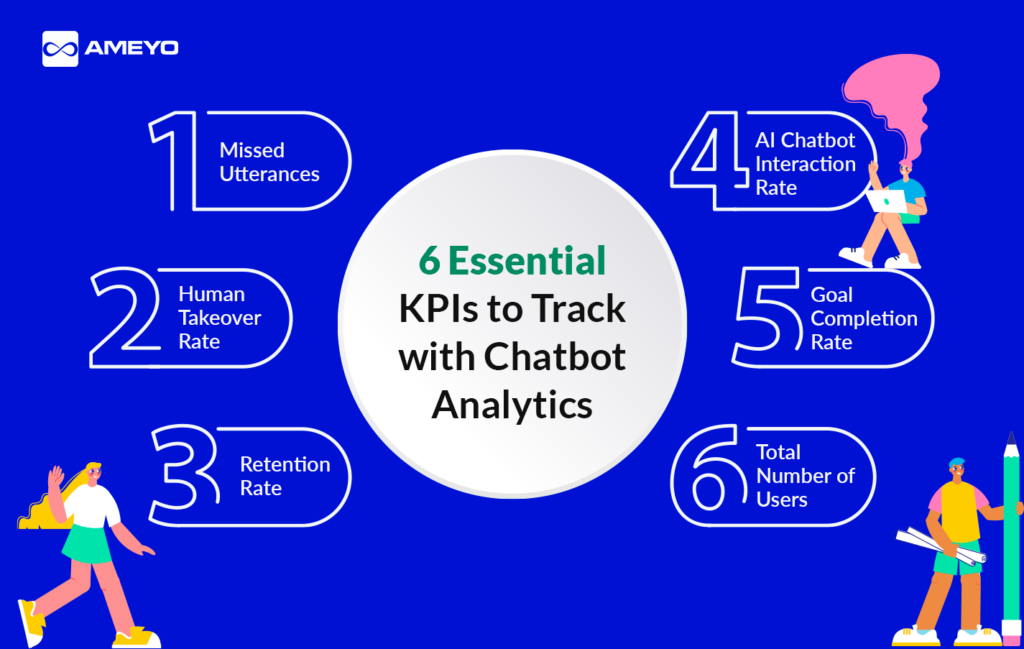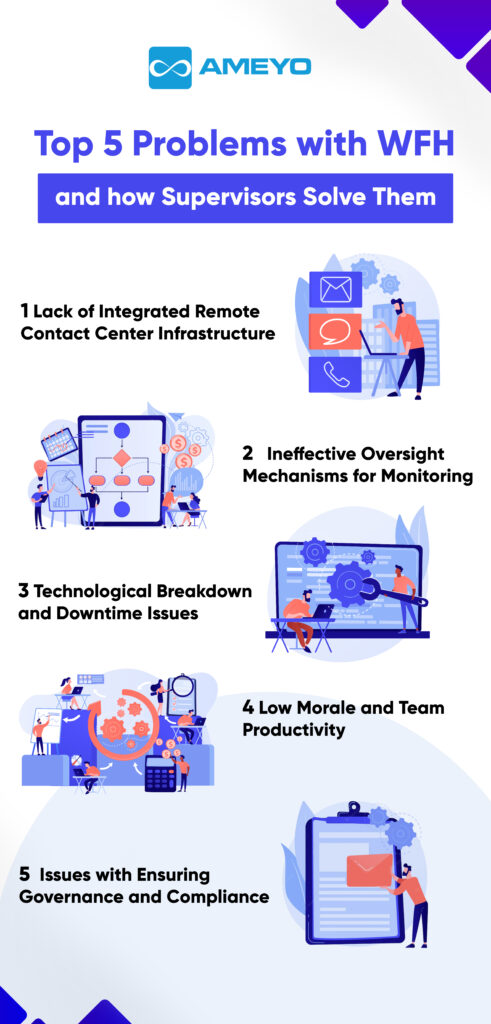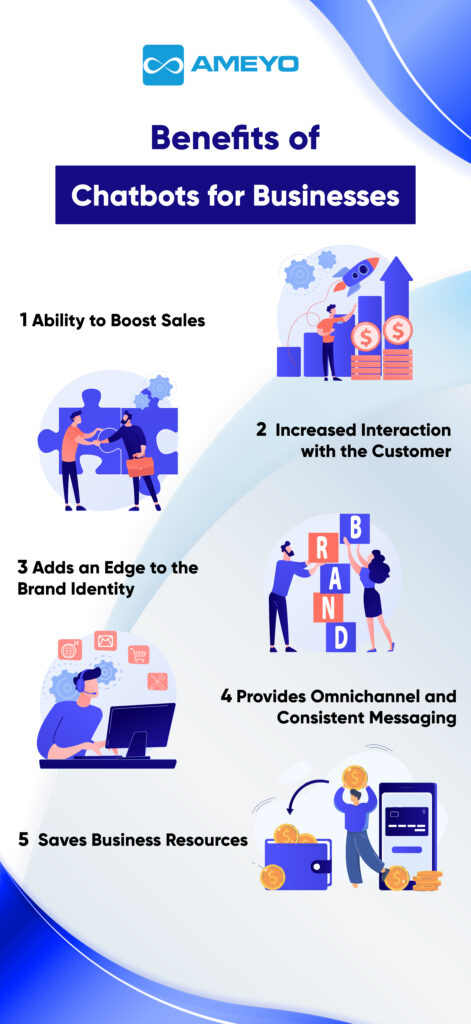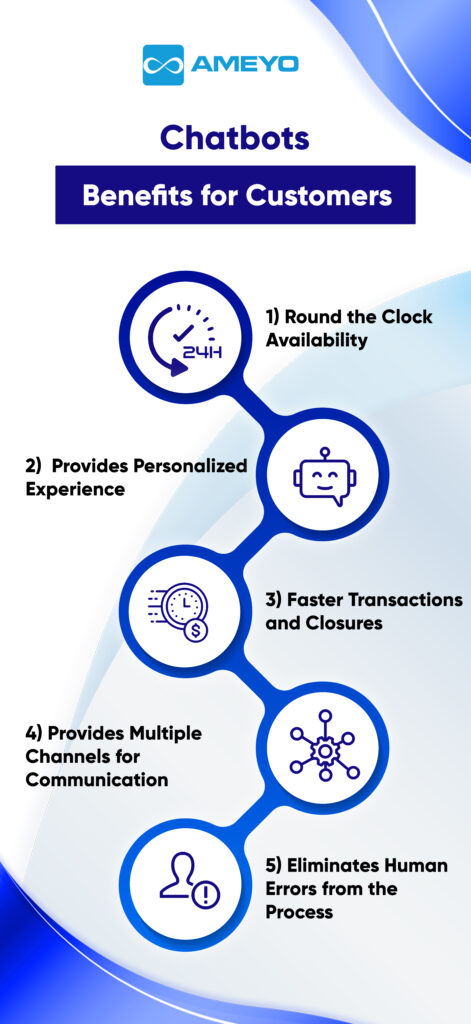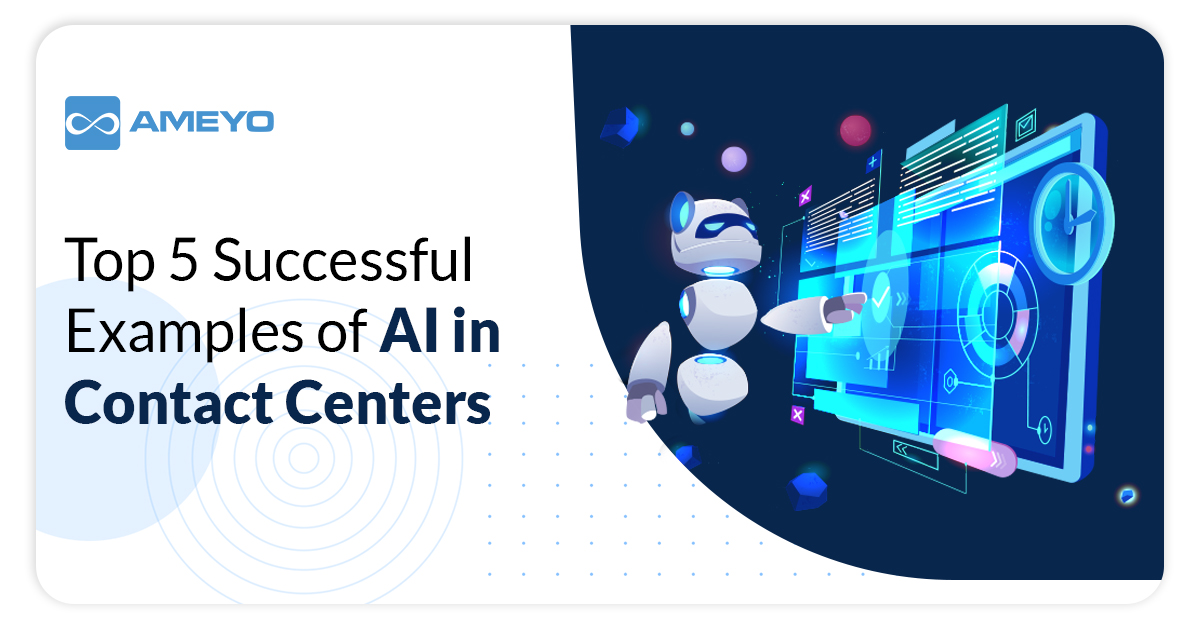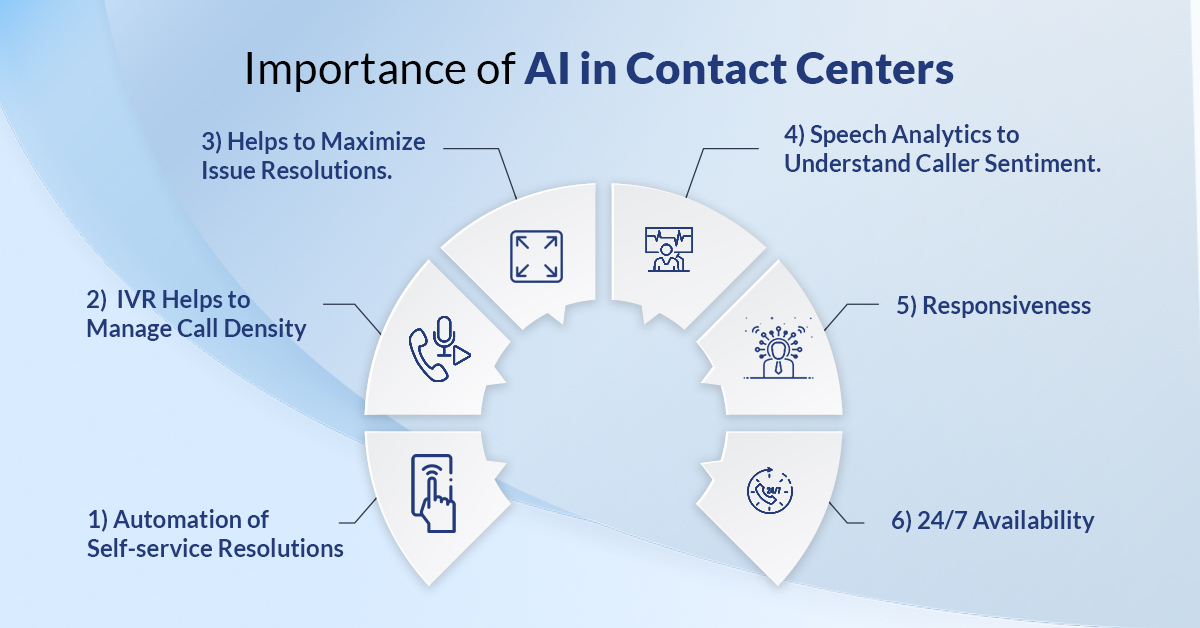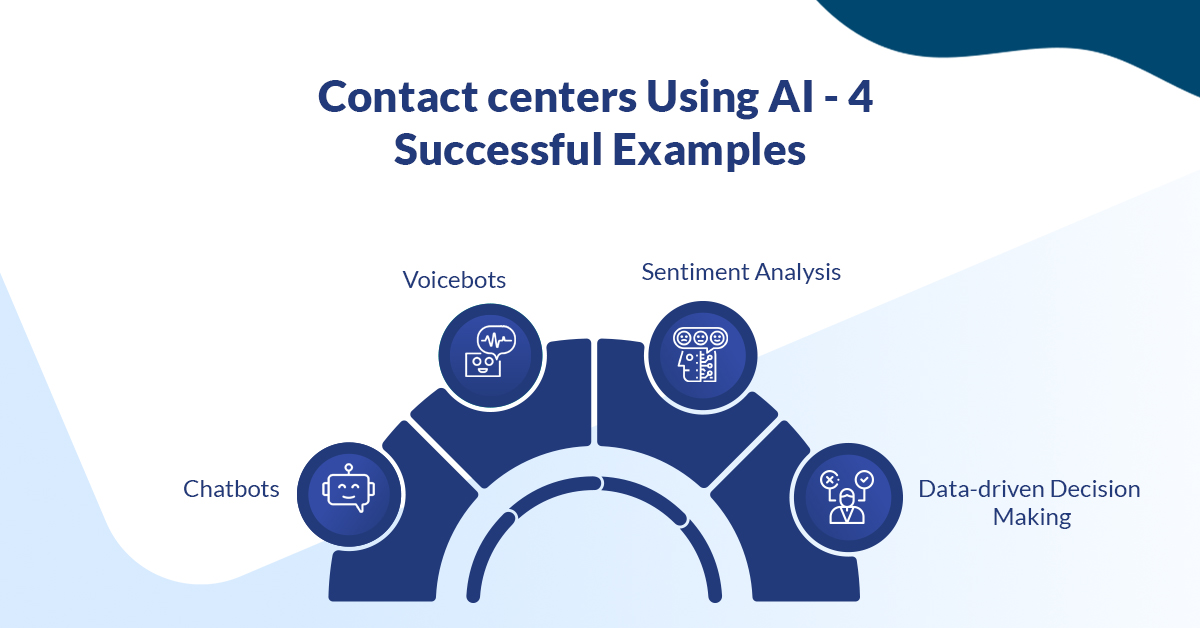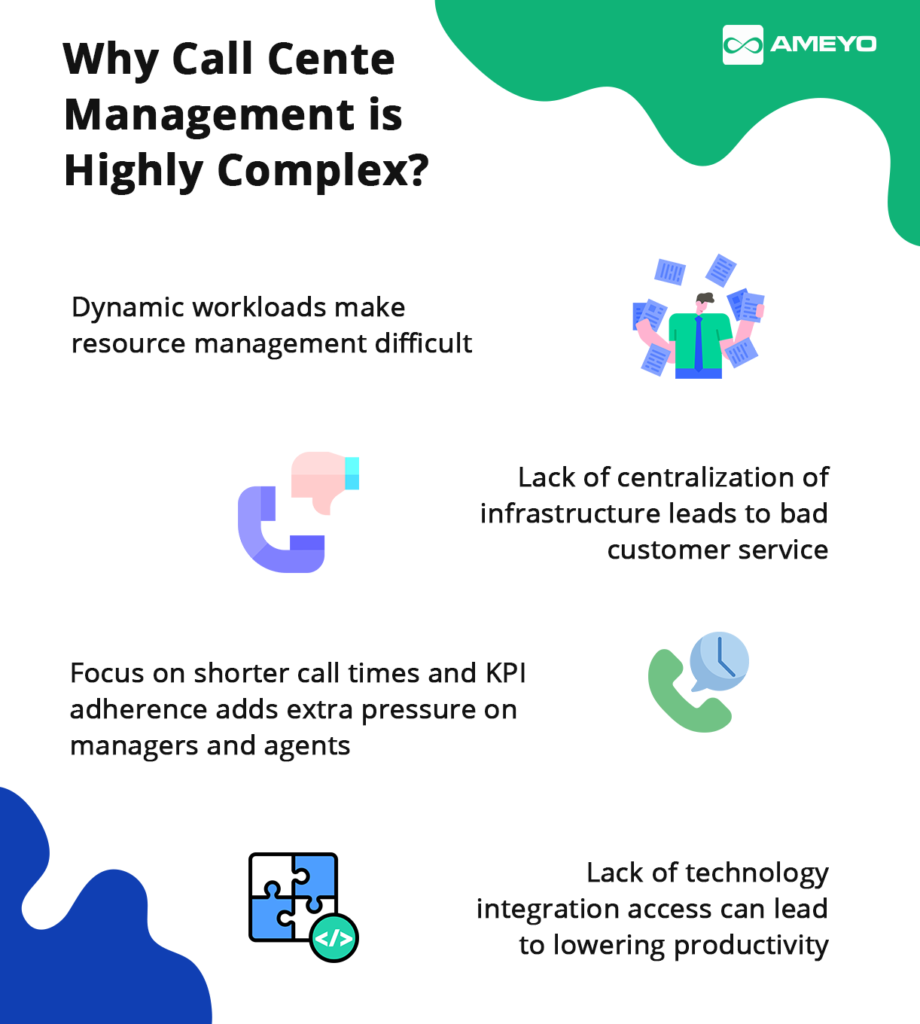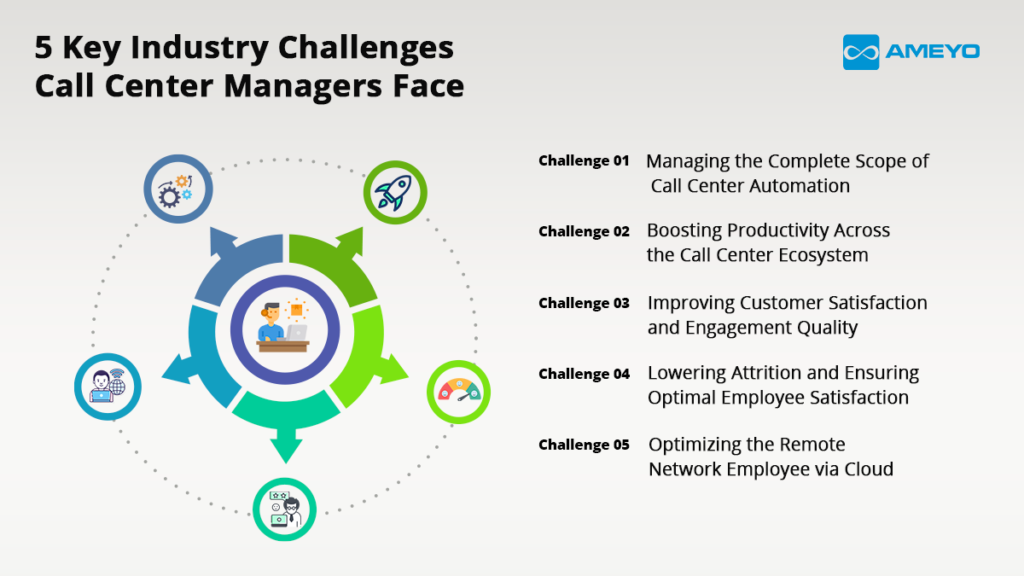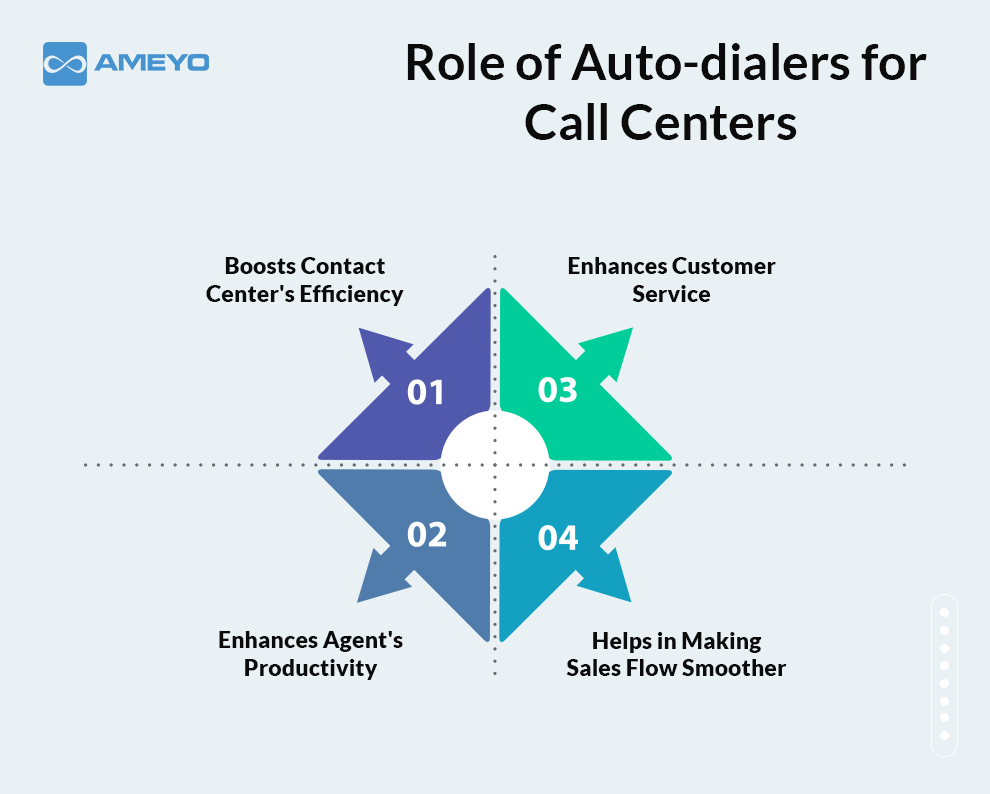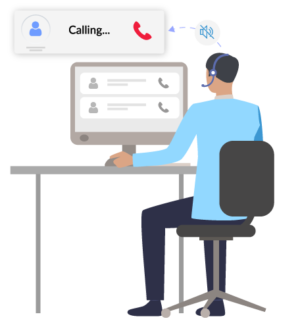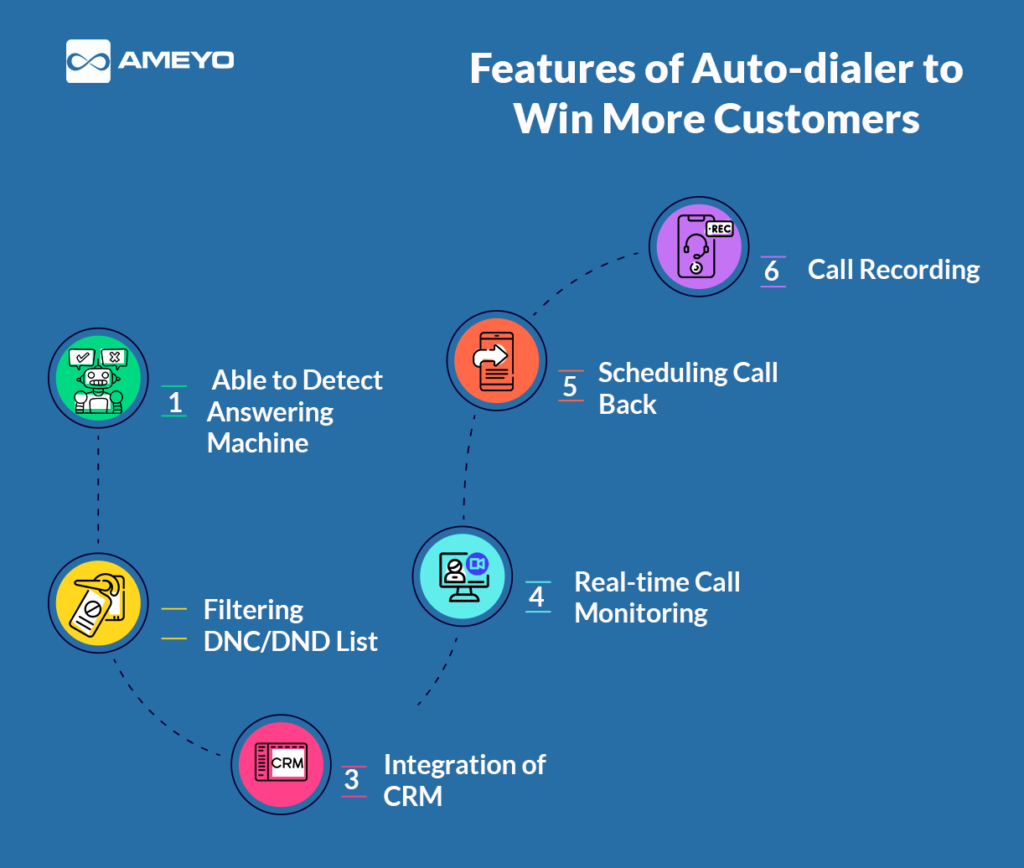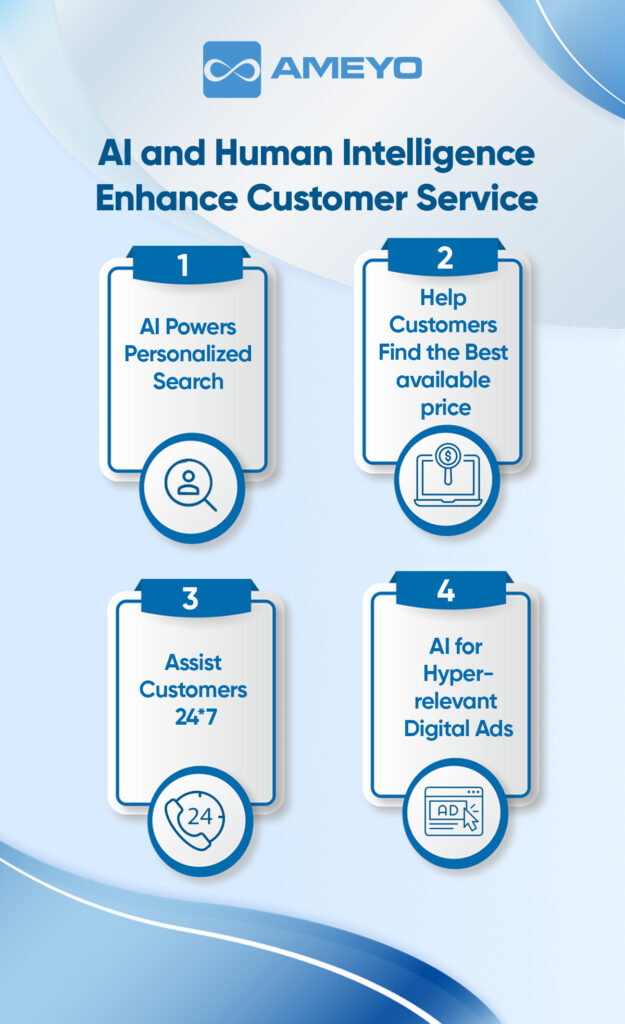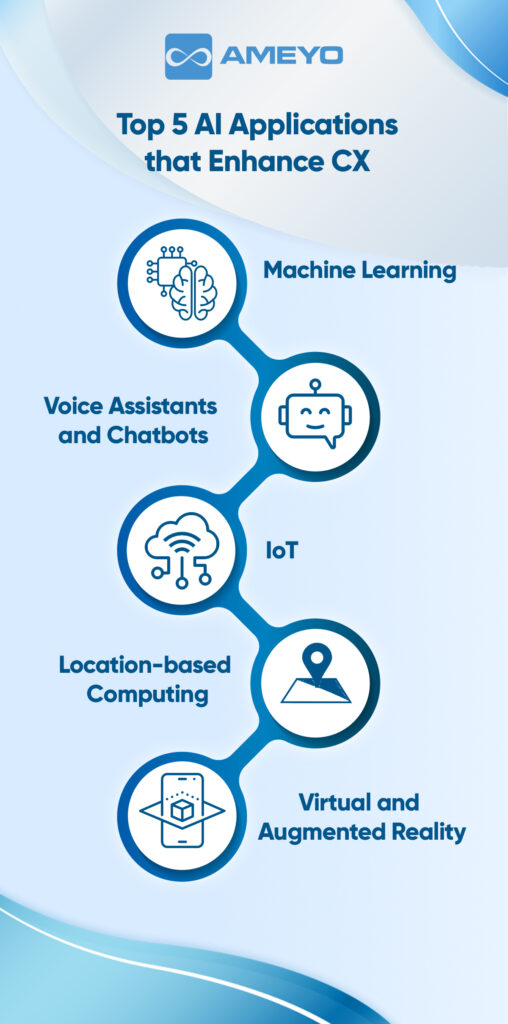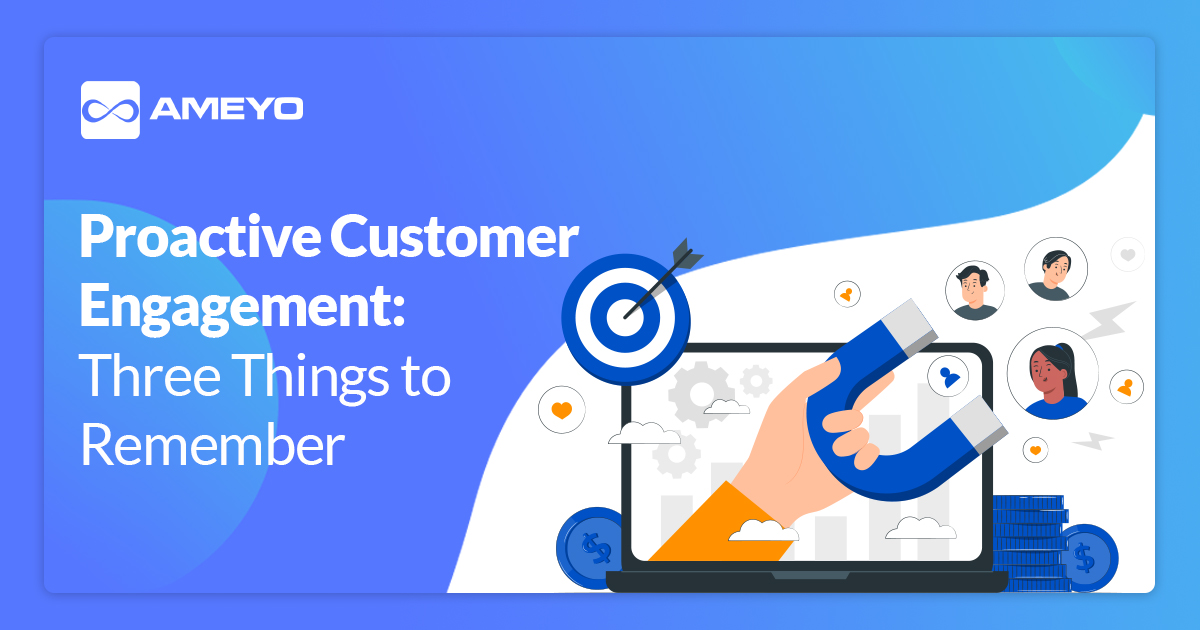All businesses are aiming to attract and convert leads. That’s one of the most obvious things. However, customer calling is such an overused activity that customers have stopped answering most of the phone calls. Forget about getting heard by the customers in this noise of competition, it is a big deal to even make customers answer your call.
With various tools and techniques available for the customers to filter out spam calls, you need to go with some out-of-the-box dialing solutions to grow your call connect and pick-up rate.
If you want to improve your sales numbers, start with more conversations. Remember, conversations result in conversions.
The question arises, how can businesses increase call connect or call pickup rate?
In fact, as per a survey, there is a strong connection between the number of conversations that agents have each day to their performance. An agent has around six conversations a day on average, although top representatives have a lot more than that.
As customers prefer mobile phones to communicate, businesses have integrated them into their marketing strategies as a point of contact to communicate. Besides that, With increased calls or interaction on smartphones, the number of complaints about spam calls has also grown, making it difficult to get someone on the phone, as they are selective on calls to answer. Therefore, customers have become more cautious about picking calls from unknown numbers due to the rise in the number of spam calls.
Moreover, the younger generation sees the incoming promotional call as a disturbance in their productivity. So, it’s upon businesses to ensure it’s worth their time. Thus, enhancing their call pickup rates is essential to them. However, to overcome this challenge and drive more conversations over the calls, businesses need to ensure that their call connect and pickup rate is increased. There is no denying that these calls’ response rate is entirely dependent upon how you approach them.
Top 5 Ways to Boost up Call Connect & Pickup Rate
Here are the top 5 ways to boost up your probability of call being received by your customers:
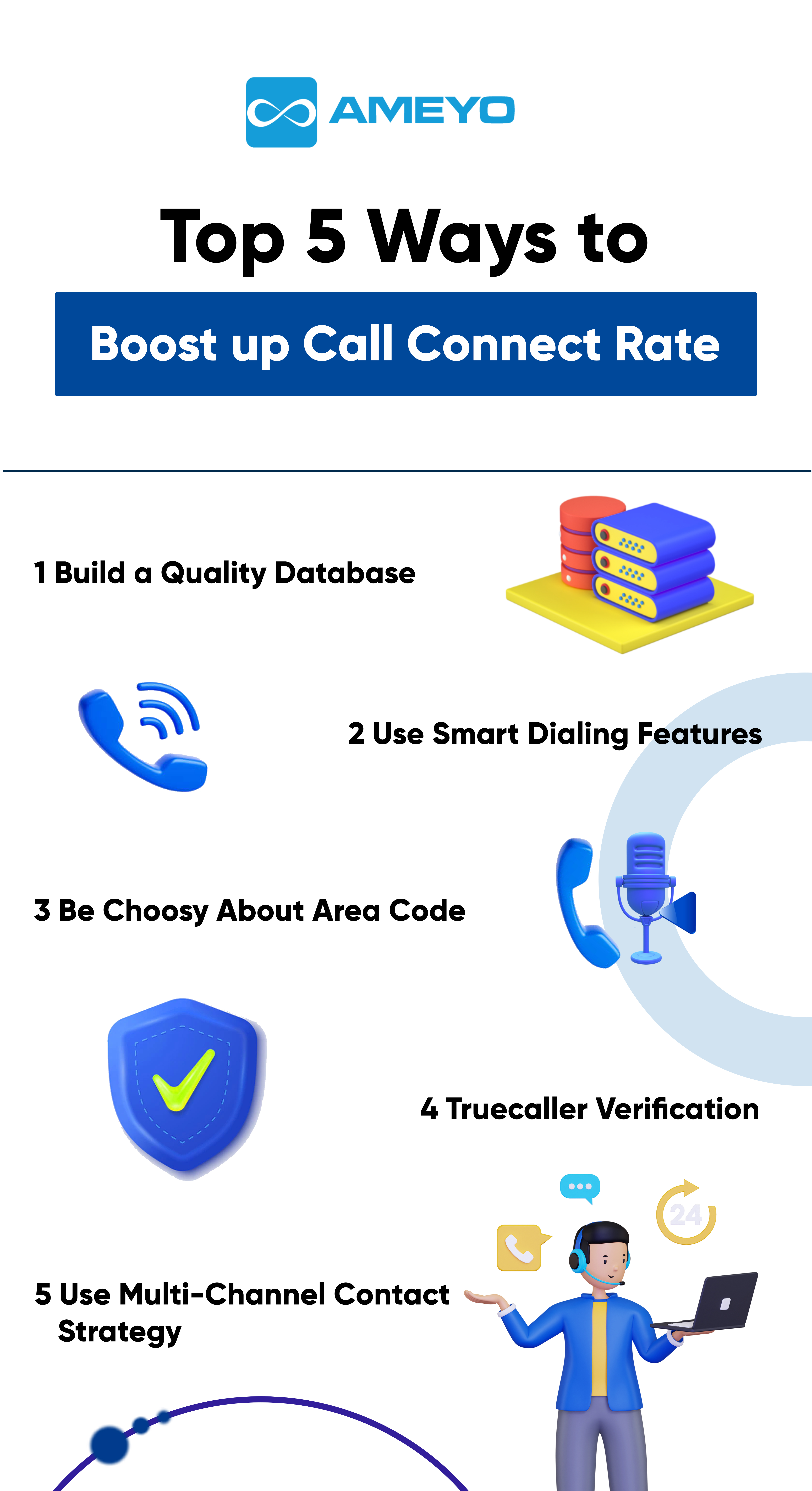
1. Build a Quality Database
The word is out and loud that ‘data is the new oil’. Eventually, it all boils down to if you are able to connect with the right audience. If you are dialing for the audience who would find your call relevant, it gains the chances of being answered.
Your customer base is the foremost thing you need to keep in mind while making calls. Businesses need to understand that the products and services they offer have an intended audience, and thus they should prioritize them.
Businesses should focus on what customers need and want and then target them accordingly. Having a good idea about target customers and their preferences makes it easy for businesses to call the customers or prospects looking for their products or services. Hence, it increases the call connect or call pickup rate.
2. Use Smart Dialing Features
We understand the main priority or the mission of any business is to get more conversations, but one needs to know that it should not come at the expense of hampering your brand image.
One of the most effective ways to achieve a business mission is Auto-dialers.
A call dialer is an application that automates the process of dialing numbers in call centers. Unlike manual dialing, it automatically dials the phone numbers pertaining to a selected list of contacts on behalf of the agents.
The right dialer software for the call center is much more than just an automatic dialing solution, as it brings intelligence and analytical insights to the outbound calling process to enhance call center efficiency and improve agent productivity.
Auto-dialer adds efficiency as it lets agents work on other aspects of the call while dialing phone numbers and screen out voice mails and negative calls such as busy signals and no answers. Ameyo’s auto dialer software lets businesses automate outbound dialing, boost call conversions to increase call connect rate efficiently, and scale outbound call center operations.
Ameyo’s autodialer software:
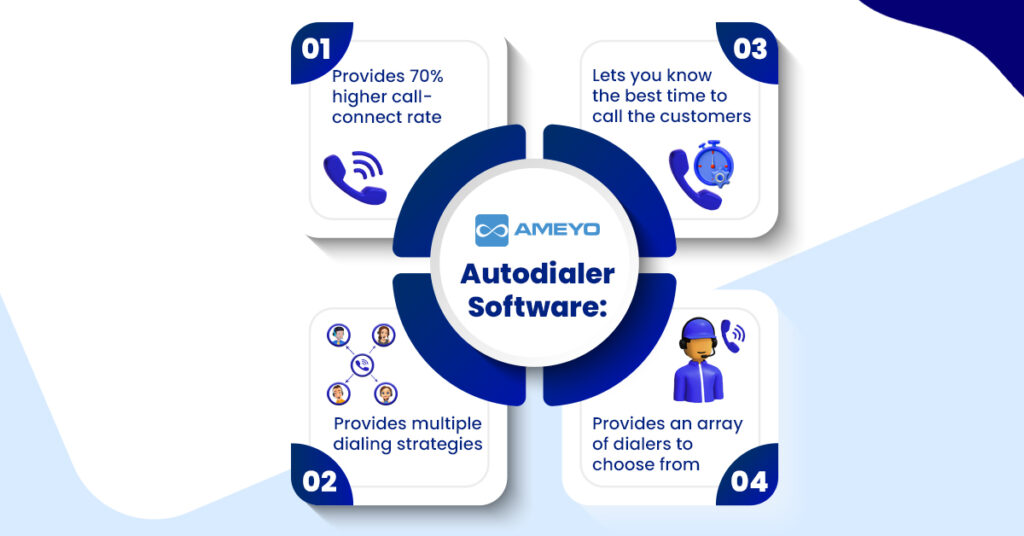
- Provides 70% higher call-connect rate
- Lets you know the best time to call the customers
- Provides an array of dialers to choose from
- Provides multiple dialing strategies
3. Be Choosy About Area Code
Receiving frequent promotional calls from specific area codes has made customers relate these codes to spammers. Most people do not prefer to pick up calls from such local area codes. One of the reasons that prospects are picking up their phones less is because they are using caller ID more. Let us face it – most people do not want to answer calls from numbers they do not recognize.
People are smart enough to identify if the call they are receiving is promotional or not and are more likely to answer the call when they see a local number on their caller ID. However, According to a survey, people are four times more likely to answer calls from numbers with Local caller ID.
Dialing from local numbers that show up on the caller ID gives you the advantage of a local presence. When a business looks local, it boosts the number of successful connections. Most salespeople can relate to the proven practice of appearing local when contacting potential customers as the results speak for themselves. We are here to help. Give it a try!
Ameyo’s dialing solutions can now call with a number starting from 730 thanks to our new data center in Indore, which:
- Adds the sense of mobile-based incoming calls for customer
- Reduces the feel of promotional calls
Hence, creating higher pick-up rates for your outbound campaigns as it adds the feel of a mobile number and priority for the customers.
4. Truecaller Verification
Do you know that setting up a professional caller ID will help you reach out to more customers?
Truecaller for business is that all-in-one solution that can help businesses improve their call pickup rate up to 52%. Call pickup rate is the percentage of calls picked up by the customers against the total number of calls made by the business’s contact center.
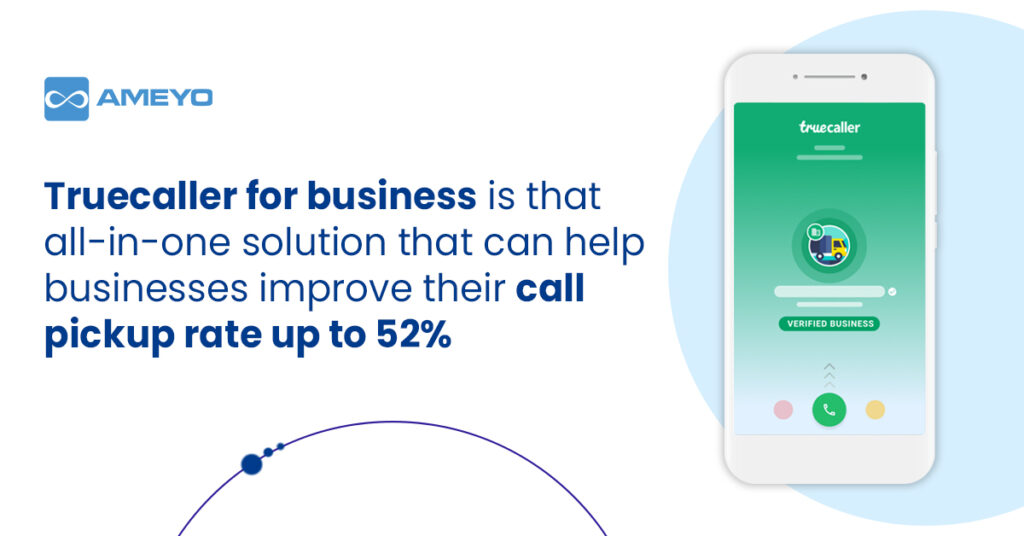
Differentiated visual identity on caller ID helps the business project their brand to the customer when calling. While the verified business badge is a reason for that but there is one more part to how Turecaller helps enterprises. This includes the insight and analysis part of the solution that gives businesses actionable intel to fix existing strategies and build new ones based on the calling patterns.
5. Use Multi-Channel Contact Strategy
Improving call pickup rates is not only restricted to calling at the right time or having a target customer database; it also follows a multi-channel contact approach. Call pickup success is much more than calling at the right time or using a dynamic caller ID— it requires multi-medium touchpoints.
In addition, multi-channel experience provides consistent and complementary expertise for the customer. So what does this entail for call pickup rates? For example, a few people will never accept calls from organizations they don’t identify.
How about dropping them an SMS and an email with the details of the number from which you will be calling?
The contact rate often reflects the quality of the contact list. For that very reason, before you start calling, it’s essential to know your target personas as much as you can. You should clearly define your “perfect” audience and target them accordingly. For example, nobody wants to offer a rainbow to a blind person.
To ensure this, use a multi-channel contact strategy and create a marketing strategy around them. Know your prospect and preferences and connect with them using company websites, professional networks, industry journals, and social media. Businesses can also opt for drip campaigns and inquire about the right time to call their prospects or customers.
Call pickup success is much more than calling at the right time or using a dynamic caller ID— it requires multi-medium touchpoints. Multi-channel experience provides consistent and complementary expertise for the customer. So what does this entail for call pickup rates?

